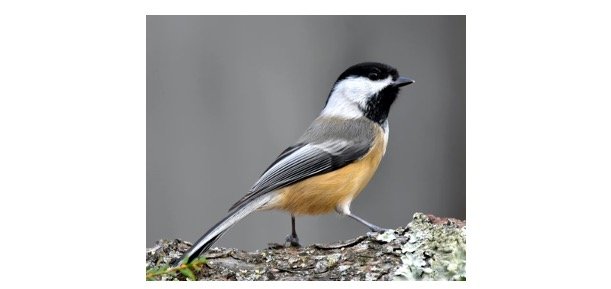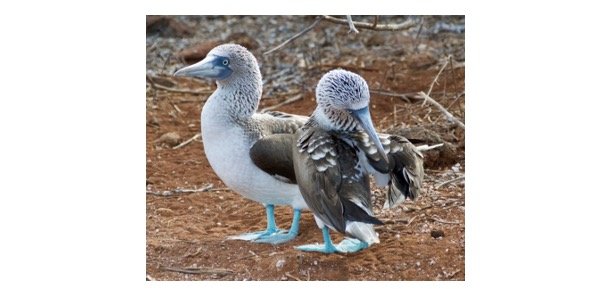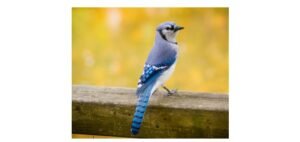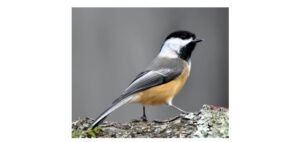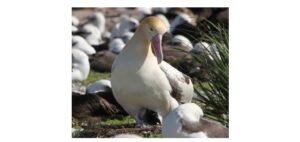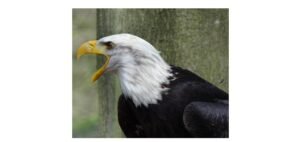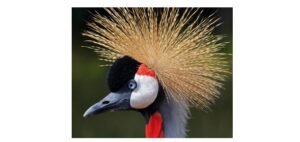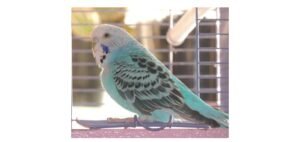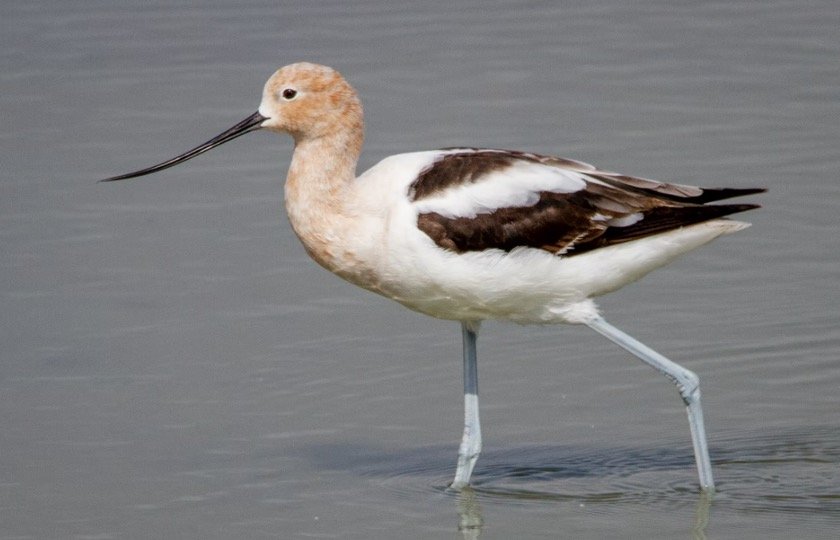
The Avocet (Recurvirostra) is a carnivorous creature belonging to the Animalia family, phylum Chordata, class Aves, order Charadriiformes, and family Recurvirostridae. Recurvirostra is its genus. It is up to 16 to 18 inches in length and weighs up to 140 to 400 grams, and wingspan is up to 29 to 31.5 inches, with a lifetime up to 10 to 15 years.
Avocet is a rapid-flying bird that feeds on insects, fish, and crustaceans. Long curved beak and striking plumage is the most distinguishing characteristic.
Avocet is preyed upon by dogs, stouts, and cats. Physical features include black, and white skin color, and feathers on the skin, and a potential flying speed of 25 mph.
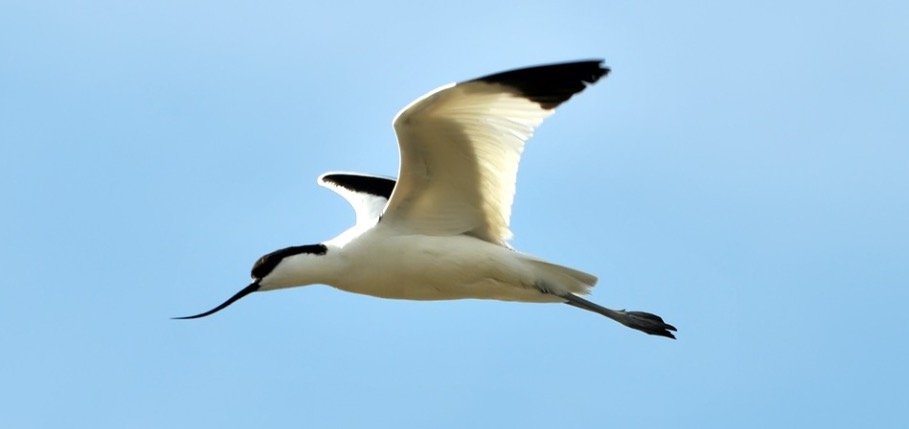
Avocet Description
The avocet is a wading bird genus that may be found near fresh water and saltwater areas all over the world. Their lengthy, sinewy legs give them the appearance of being on stilts!
The term avocet is supposed to be derived from avosetta, a native Italian name. They have the most in common with other birds that dwell and eat near water.
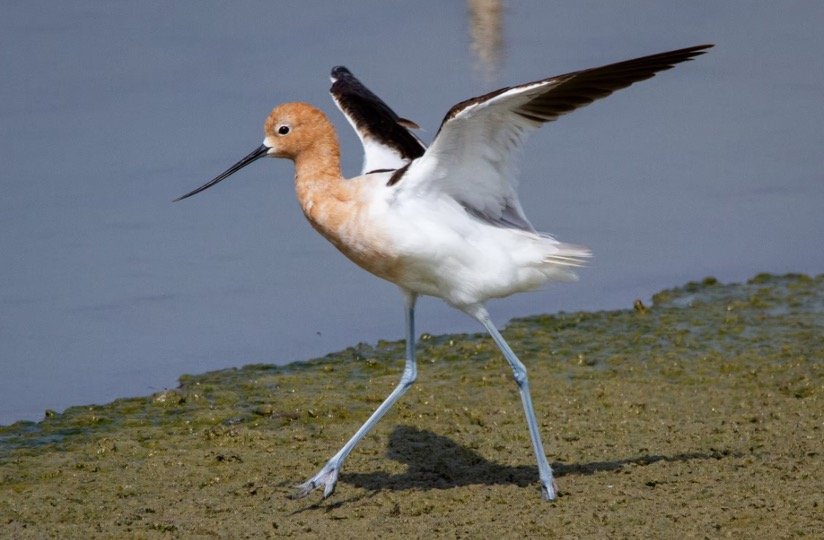
The avocet bird may be found all around the world along beaches, flats, lakes, and ponds. There are four species in the genus, each with its unique geographic range. Mexico, the Western United States, and sections of the Atlantic Coast are home to the American avocet.
Much of Pacific South America is home to the Andean avocet. The pied avocet has a large range that includes coastal Europe, Africa, Central, and South Asia. Finally, the red-necked avocet is an Australian species. The avocet prefers to build its nest in loosely formed colonies along the water’s edge.
The nest is made up of basic dirt, stones, and other detritus and is built within little depressions. If the water level increases, the birds will be able to create a foot-high mound out of the nest.
All four species have been classified as least concerned by the IUCN Red List, which indicates they are not in danger of extinction. The species was historically heavily persecuted in the 19th and early 20th centuries, but population estimates from Partners in Flight suggest that there are now up to 450,000 adult American avocets in the wild, owing in part to the US Migratory Bird Act’s protection.
It is also growing more widespread in the Eastern United States, according to reports. The lack of habitat is the most dangerous to this species today. In the first 200 years of the United States’ existence, it is believed that 60 acres of wetlands were destroyed per hour.
Scientists have now recognized and appreciated the importance of wetlands in the ecosystem, and various reclamation operations are underway to return ecosystems to their former state.
Avocet nests are occasionally damaged by flooding, pollution, and trampling, which is a hazard to the species in addition to environmental degradation.
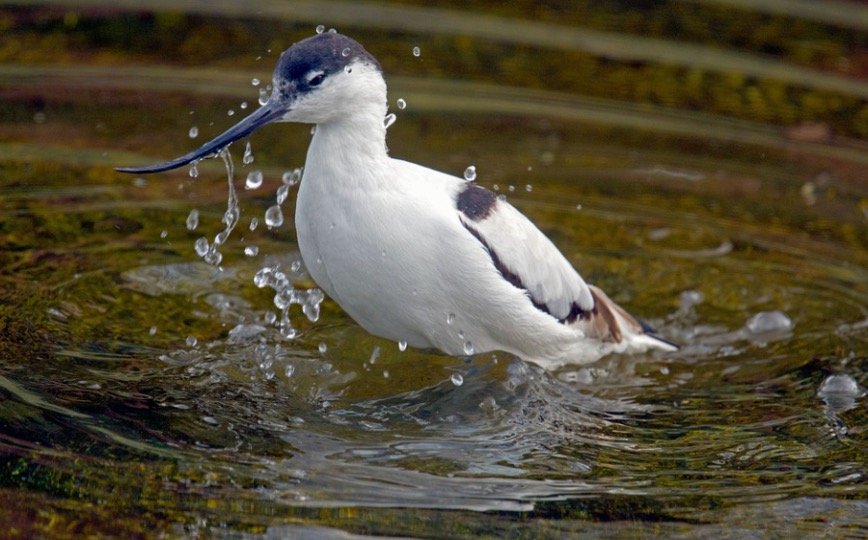
Fun Facts About Avocet!
• The avocet bird prefers salty surroundings over freshwater habitats if given the opportunity, however, both types of habitats are sufficient for its needs.
• The symbol of the Royal Society for the Protection of Birds, a charity organization in England and Wales, features a depiction of a pied avocet. By the early twentieth century, this species had been extinct in Britain, but the restoration of marshes in the 1940s brought it back.
• The avocet bird is occasionally mistaken for the stilt, which is closely related. The key distinction is that stilts have longer legs with red or orange hues, whilst avocets have shorter but still extremely long legs with more subtle colors like grey or black.
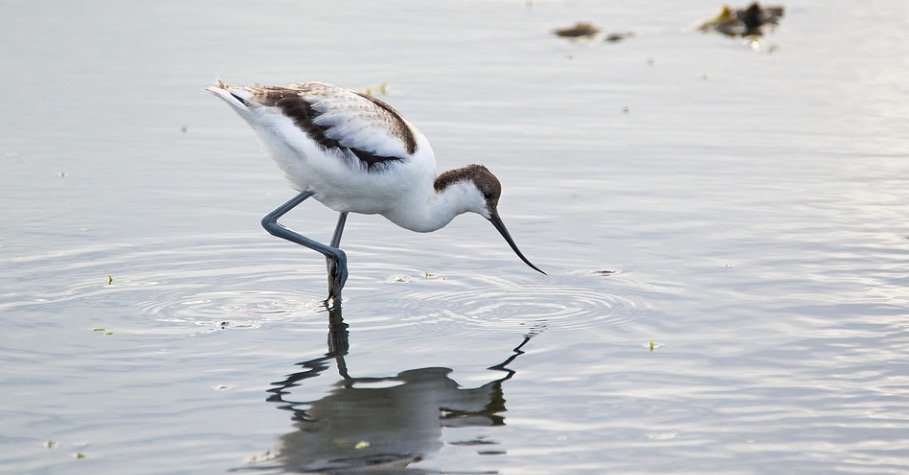
Various Avocet Species
The avocet’s scientific name is Recurvirostra. This term is essentially a mixture of two simpler Latin words: recurves, which means curled backwards, and rostrum, which means bill. The avocet is strongly connected to the Recurvirostridae family of long-legged stilts.
Avocet Appearance and Behavior
The avocet is a long, sinewy bird with a wingspan of roughly 30 inches from one tip to the next, extending up to 20 inches from head to tail and a wingspan of almost 20 inches from one tip to the next. The lengthy, blue, or grey legs are designed to wade in the water.
They may become adept swimmers thanks to their webbed feet. In addition, a long bill is an excellent tool for feeding. The feathers are a mix of black, white, red, and brown colors. The long, thin bill with an upturned tip at the end is perhaps the most distinguishing trait.
The avocet will wade into shallow seas, lean forward, and lay the slightly open tip of its beak on the bottom to eat. The avocet can stir up microscopic creatures lurking in the earth by sweeping its head from side to side and then filtering out food particles with its bill.
Males and females have similar appearances, however, in some species, the beak is the telltale sign. The female’s bill is shorter and more upturned than the male’s, which is longer and straighter.
Avocets live in enormous, boisterous colonies of hundreds outside of their typical mating season. They will join together to actively protect the colony from predators and dangers, despite not being cooperative species.
To deal with predators, these sophisticated birds employ a variety of techniques. To create a distraction, they will occasionally emit loud, unpleasant noises. Alternatively, they may pretend to be injured to distract the predator. They may dive-bomb the predator to frighten it away.
The avocets communicate with one another by making loud, repeating noises that grow in intensity over time. Each of these calls transmits information about the individual’s identification or the presence of an invader to the other.
Male avocets will combine their cries with intricate displays of squatting, dancing, and bowing to seek a partner. The avocet is a crepuscular bird, which means it is most active around sunrise and sunset.
Avocets are good swimmers thanks to their webbed feet. Avocets will occasionally “tip-up” like ducks in deeper waters, in addition to their usual eating habits with their beaks. When the bottom part of the animal reaches down to eat, it is immersed in water.
They’re also excellent fliers, covering great distances. Every year, the avocet follows unique migration patterns. For example, the American avocet likes to breed in a vast area between New Mexico and southern Canada.
It migrates south to Mexico in the winter and east to Florida and the Atlantic Coast in the summer. By contrast, the pied avocet breeds in Europe and Central Asia. Some populations migrate as far south as Africa for the winter, while others stay much closer to their breeding habitats.
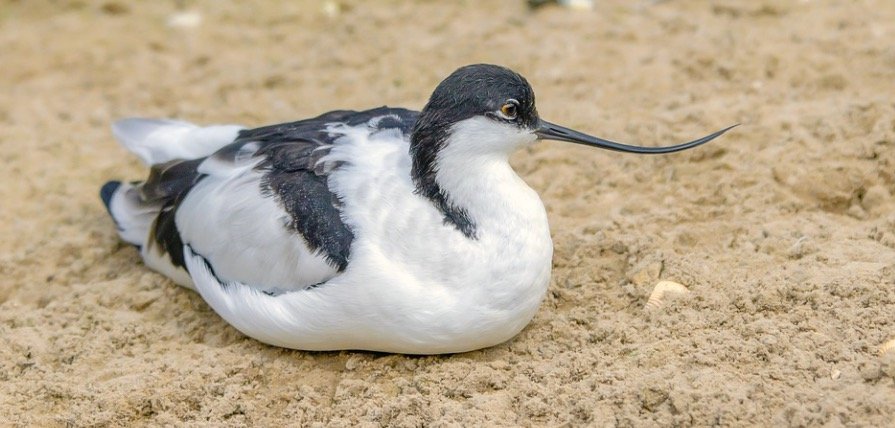
Avocet Predators and Threats
By keeping prey numbers in control, this bird performs an essential regulatory role in the ecology. During foraging hours, huge groups will line the coast in a really interesting show, hunting for food.
They eat tiny crustaceans, insects, and fish larvae of many kinds. Seeds are occasionally used to augment the diet. Foxes, skunks, and weasels are among the more prevalent predators, although avocets prefer to nest where most other creatures can’t get to them.
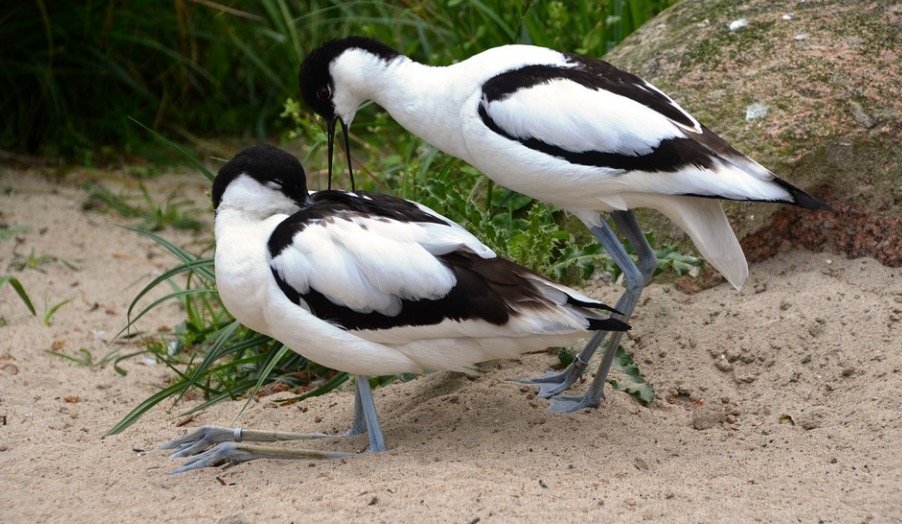
Avocet Reproduction, Babies, and Lifespan
According to research on the American avocet, this species prefers to create a strong monogamous relationship with its partner. It will display a series of intricate mating behaviors, including kneeling and bowing, to show interest in a partner.
When it’s time to mate, this species is the only one of the four to develop breeding plumage that is nearly pink or red in hue. The American avocet lays four eggs on average per clutch. For three to four weeks, both parents will alternate incubating the eggs.
The newborn chicks, who are born with downy feathers, are ready to start an independent existence as soon as they emerge from the egg since they can already hunt and swim on their own.
At roughly four to five weeks of age, they will have developed enough feathers to take their maiden flight. Although this bird may live up to 15 years in the wild, the typical lifespan of an American avocet is around nine years.
Because sexual development takes around a year, the avocet has limited mating seasons in which to effectively rear young.
